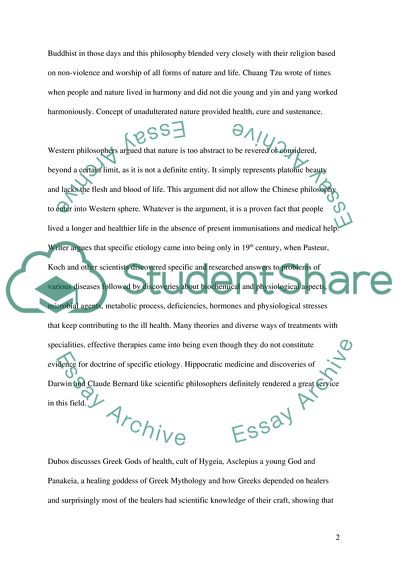Cite this document
(What Determines a Good Medicine Essay Example | Topics and Well Written Essays - 2500 words, n.d.)
What Determines a Good Medicine Essay Example | Topics and Well Written Essays - 2500 words. https://studentshare.org/health-sciences-medicine/1705837-describe-and-discuss-the-definitions-and-determinats-of-health-described-by-the-authors
What Determines a Good Medicine Essay Example | Topics and Well Written Essays - 2500 words. https://studentshare.org/health-sciences-medicine/1705837-describe-and-discuss-the-definitions-and-determinats-of-health-described-by-the-authors
(What Determines a Good Medicine Essay Example | Topics and Well Written Essays - 2500 Words)
What Determines a Good Medicine Essay Example | Topics and Well Written Essays - 2500 Words. https://studentshare.org/health-sciences-medicine/1705837-describe-and-discuss-the-definitions-and-determinats-of-health-described-by-the-authors.
What Determines a Good Medicine Essay Example | Topics and Well Written Essays - 2500 Words. https://studentshare.org/health-sciences-medicine/1705837-describe-and-discuss-the-definitions-and-determinats-of-health-described-by-the-authors.
“What Determines a Good Medicine Essay Example | Topics and Well Written Essays - 2500 Words”. https://studentshare.org/health-sciences-medicine/1705837-describe-and-discuss-the-definitions-and-determinats-of-health-described-by-the-authors.


